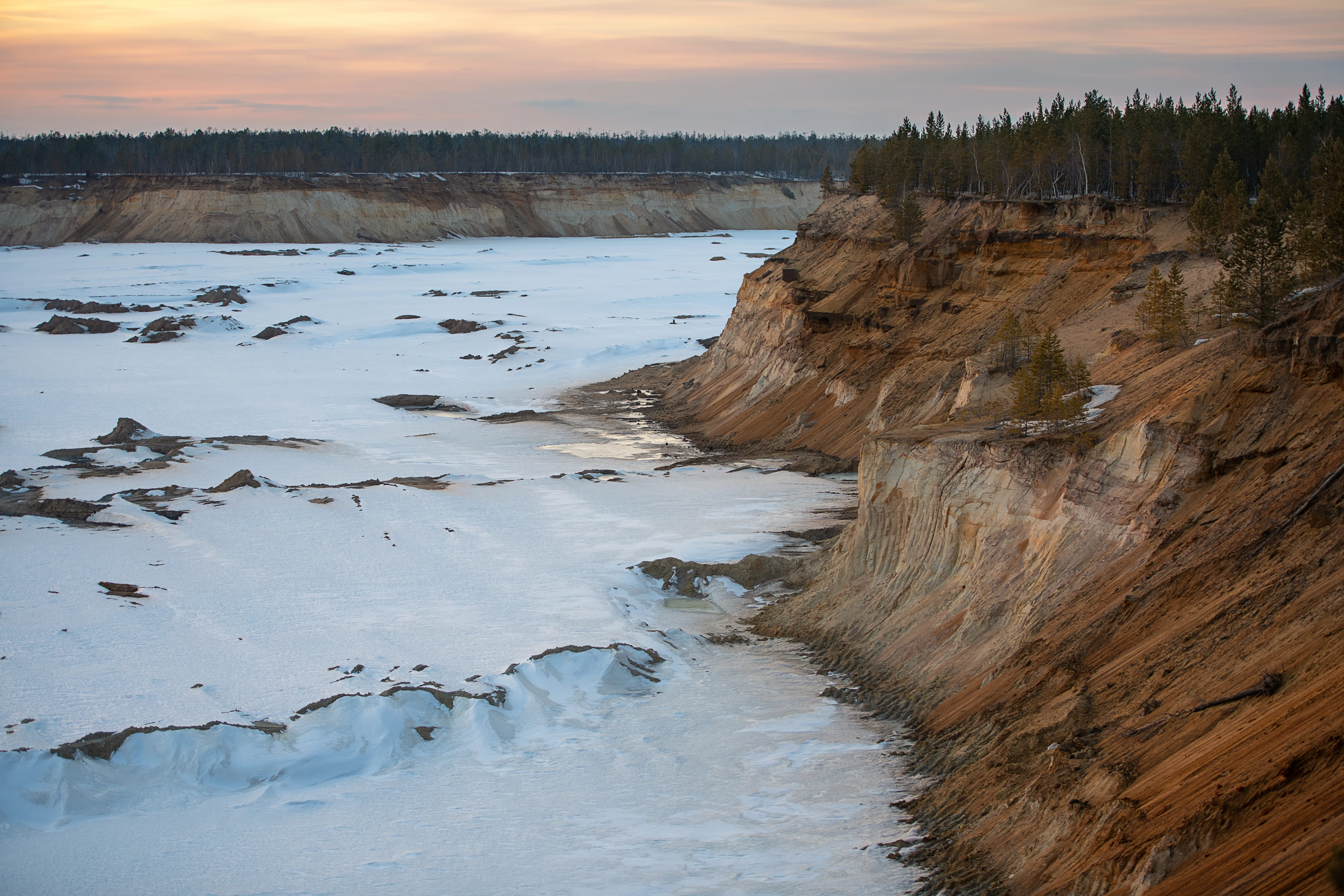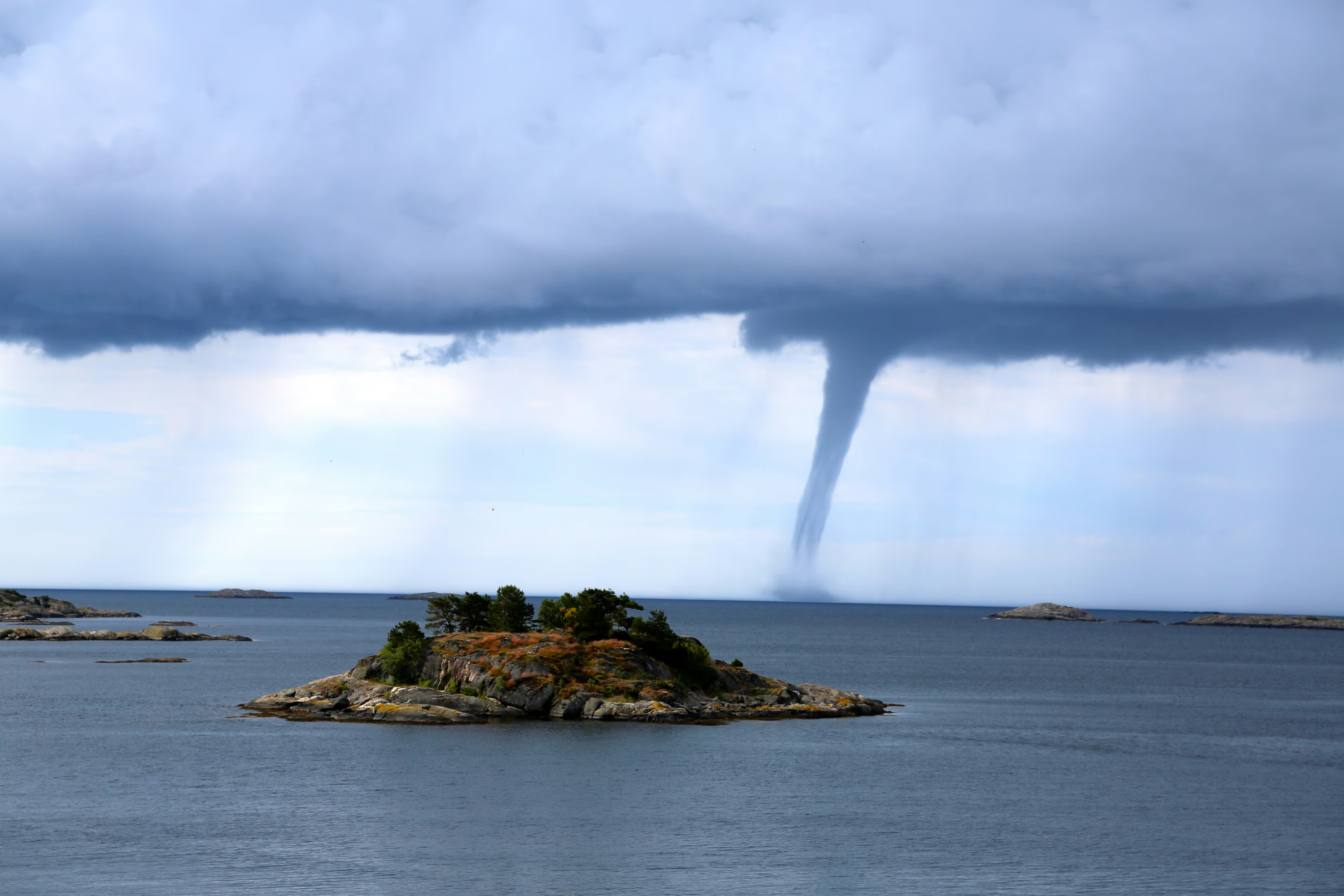
In the Arctic and Antarctic regions, much of the water in the soil is trapped in permafrost or ground that has been at temperatures below freezing (32℉ or 0℃) for two years or longer. In some areas, the permafrost has been frozen for thousands of years! If the ground thaws out during summer months it’s called “seasonally frozen” instead.
lmost a quarter of the northern hemisphere is made up of permafrost. It is widespread in the Arctic regions of Siberia, Canada, Greenland, and Alaska. Permafrost is also found on the Tibetan plateau, in high-altitude regions like the Rocky Mountains, and on the floor of the Arctic Ocean as undersea permafrost.
The southern hemisphere is mostly ocean, so there is less land to freeze. In the southern hemisphere, permafrost is found in mountainous regions such as the South American Andes and New Zealand’s Southern Alps, as well as below Antarctica’s ice sheets.
When permafrost does thaw, it creates very boggy and muddy ground. This can cause buildings or trees to tilt.
When frozen, the ancient plant material can’t decompose. However, with increasing temperatures, microbes become active, breaking down the plant material and releasing greenhouse gasses. This process adds to the carbon dioxide and methane in our atmosphere.
Denchak, M. (2018, June 26). Permafrost: Everything you need to know. Retrieved February 06, 2021, from https://www.nrdc.org/stories/permafrost-everything-you-need-know
Mancini, M. (2019, July 24). Is permafrost really, well, permanent? Retrieved February 06, 2021, from https://science.howstuffworks.com/environmental/earth/geology/permafrost.htm
National Snow & Ice Data Center. (n.d.). All About Frozen Ground. Retrieved February 06, 2021, from https://nsidc.org/cryosphere/frozenground/index.html
Péwé, T. L. (2023). Permafrost. In The Editors of Encyclopedia Britannica (Ed.), Encyclopedia Britannica. https://www.britannica.com/science/permafrost
What is Permafrost? (n.d.). Climate Kids. Retrieved October 29, 2023, from ClimateKids.nasa

.avif)

